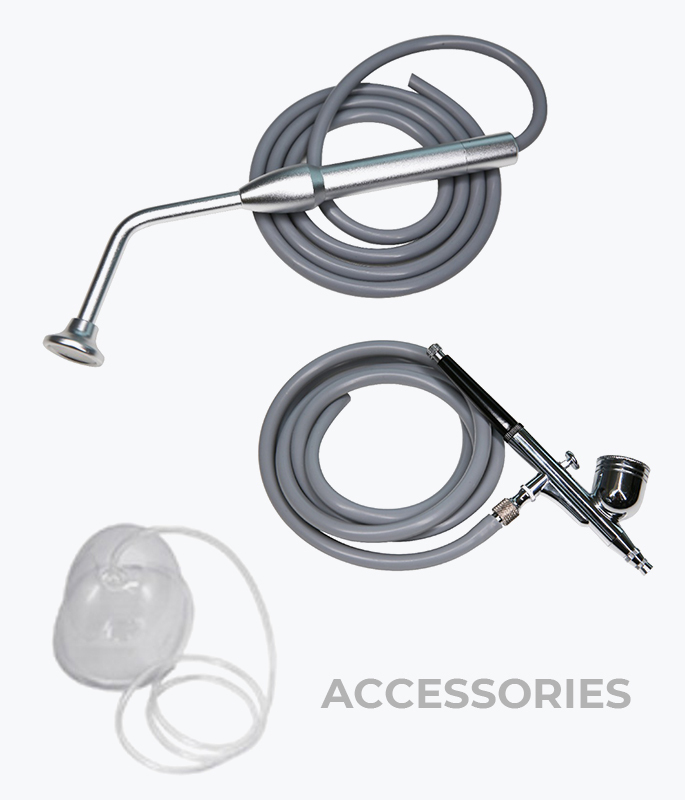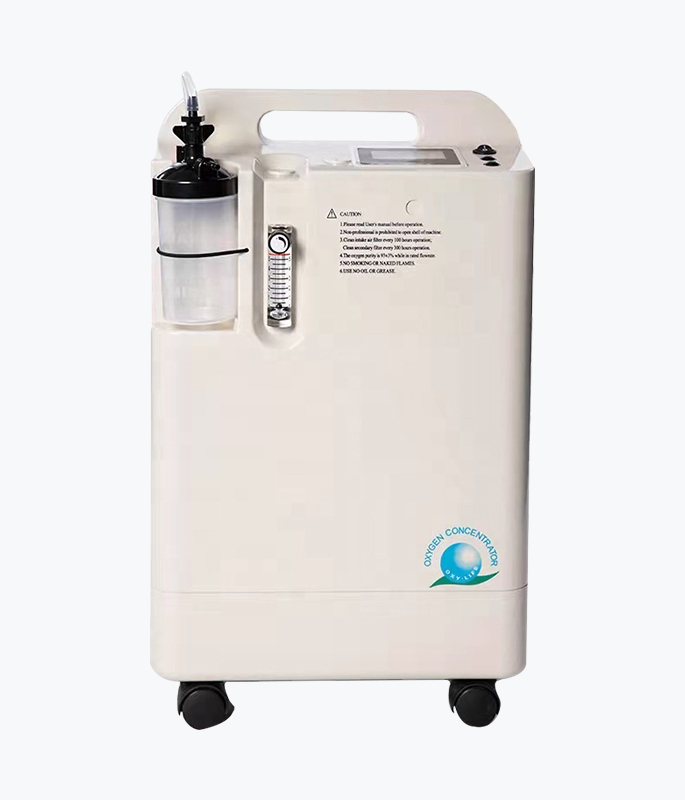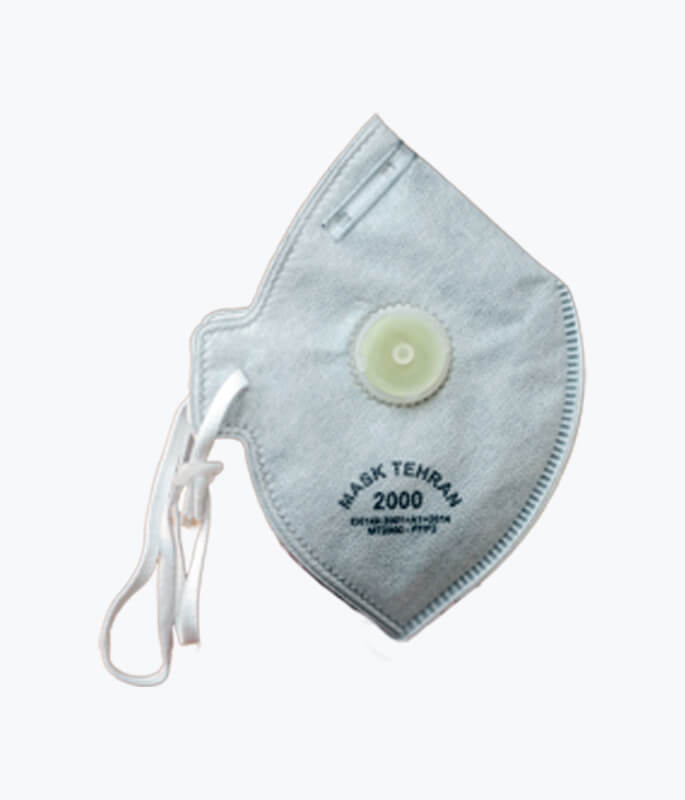Oxygen Concentrator
- Skin Care
- Oxygen Concentrator
Oxygen Concentrator
What is Oxygen Facial Therapy?
An oxygen facial is a "non-invasive" procedure created to hydrate your skin and support natural collagen to help you achieve a more youthful lookOxygen facials are said to help improve blood circulation to the face, which can help skin look bright and plump. Calming of acne and is known to accelerate wound healing killing certain bacteria. Increased oxygen in your tissues promotes increased moisture in the skin and reduces the appearance of lines and wrinkles.
What does Oxygen do to your skin?
Spraying your epidermis with oxygen can boost the amount of oxygen in your skin which is important for kickstarting elastin and collagen production as well as cell regeneration. Regular treatments can even help reduce acne and rosacea over time, as boosted oxygen levels help clear up minor skin complaints.
What happens in an Oxygen Facial Therapy?
It involves a 3 Step procedure by use of Oxygen concentration machine that is used for spraying highly concentrated molecules of oxygen right into your epidermis (the outer layer of your skin). The oxygen that’s applied to your face and neck is infused with vitamins, minerals, essential nutrients, and botanical extracts. The stimulation also boosts circulation which means the skin can regenerate itself much faster giving a brighter skin. Celebrities, swear by this technique for smoother and plumper skin.
The key Benefits of Oxygen Facial Therapy:
- Stimulating Natural collagen production
- Speed up Cell regeneration
- Energises and vitalises the skin
- Signs of ageing are reversed
- Detoxifies & Suitable for all skin types
- Rejuvenates tired or dull skin
- Stimulates the Lymphatic Drainage, releasing toxins
- Boost blood circulation
- Acts against irritations, Impurities and Acne
How long do effects of oxygen facial last
The effects of oxygen facials are said to last about a week. For the best results, many Aesthetic centers will recommend a series of six treatments along a six-week timeframe, followed by monthly touch-up visits.






